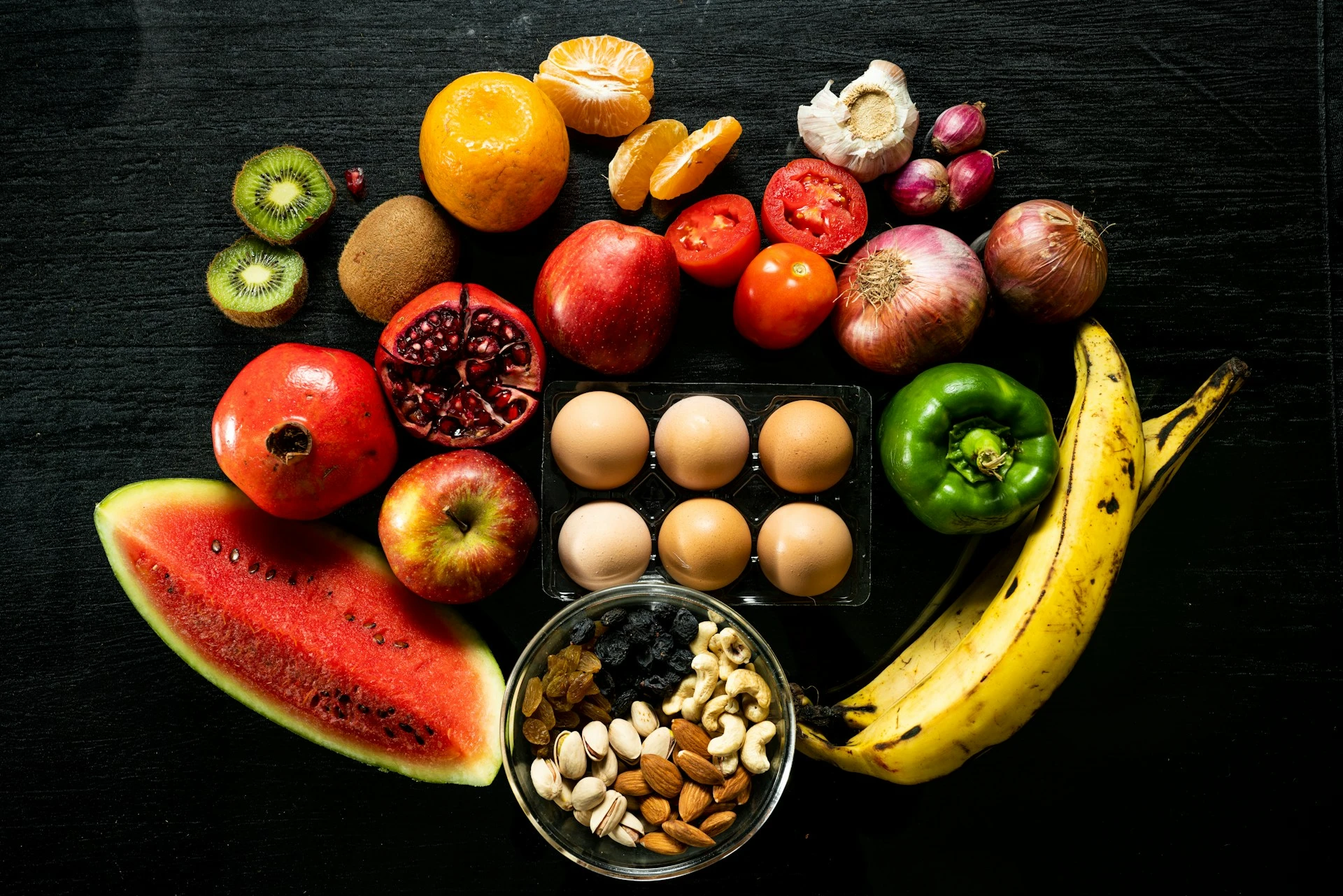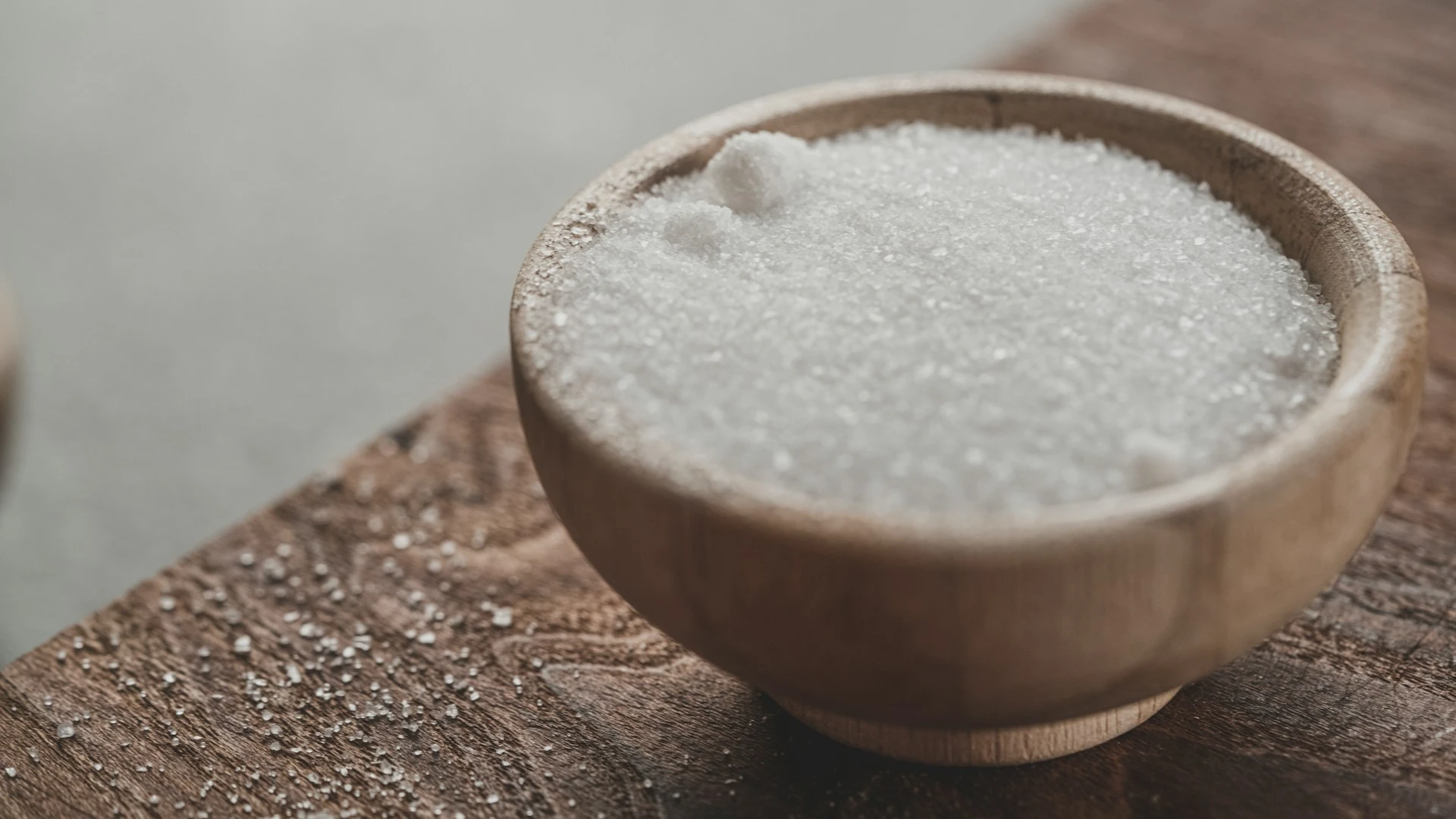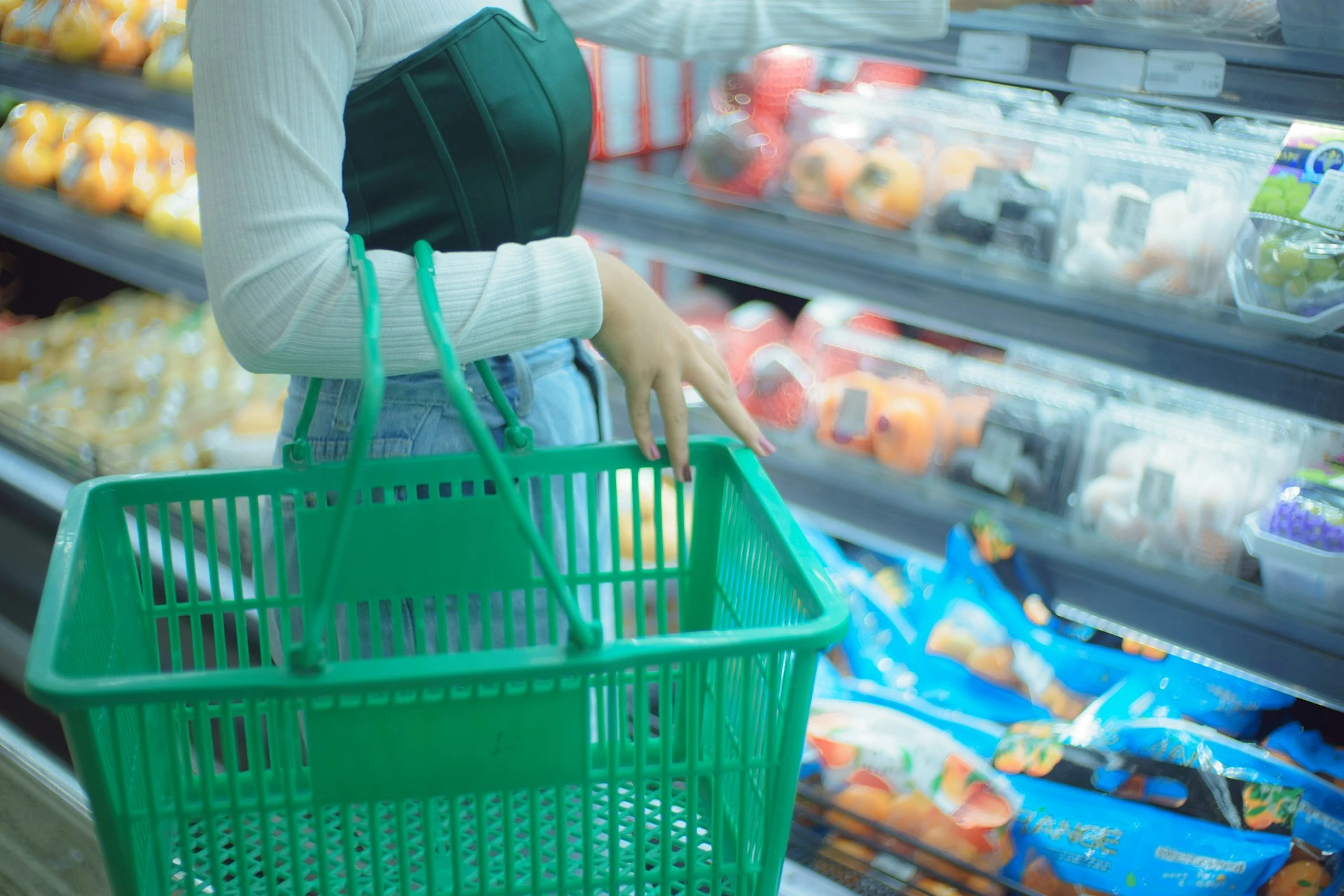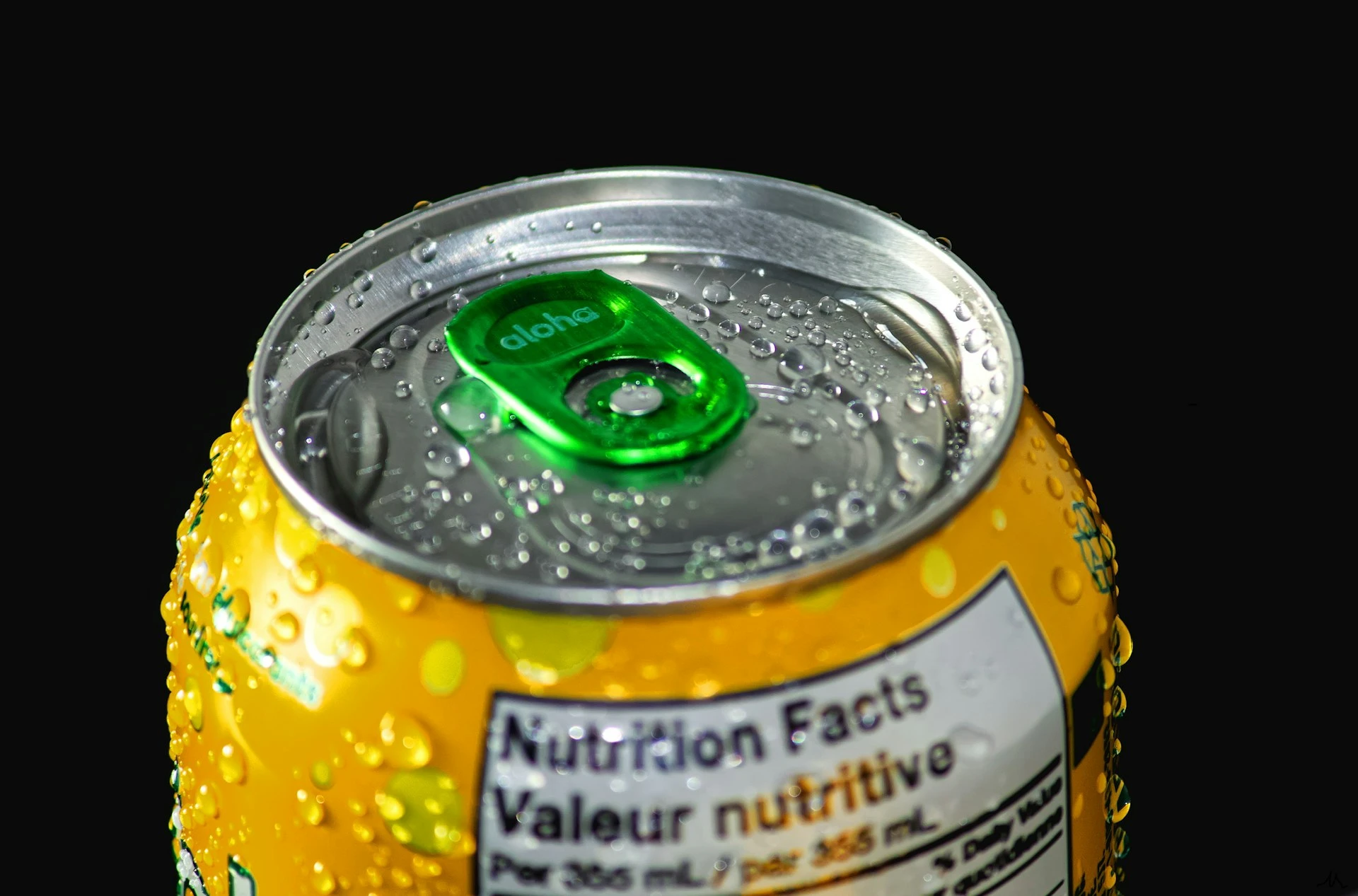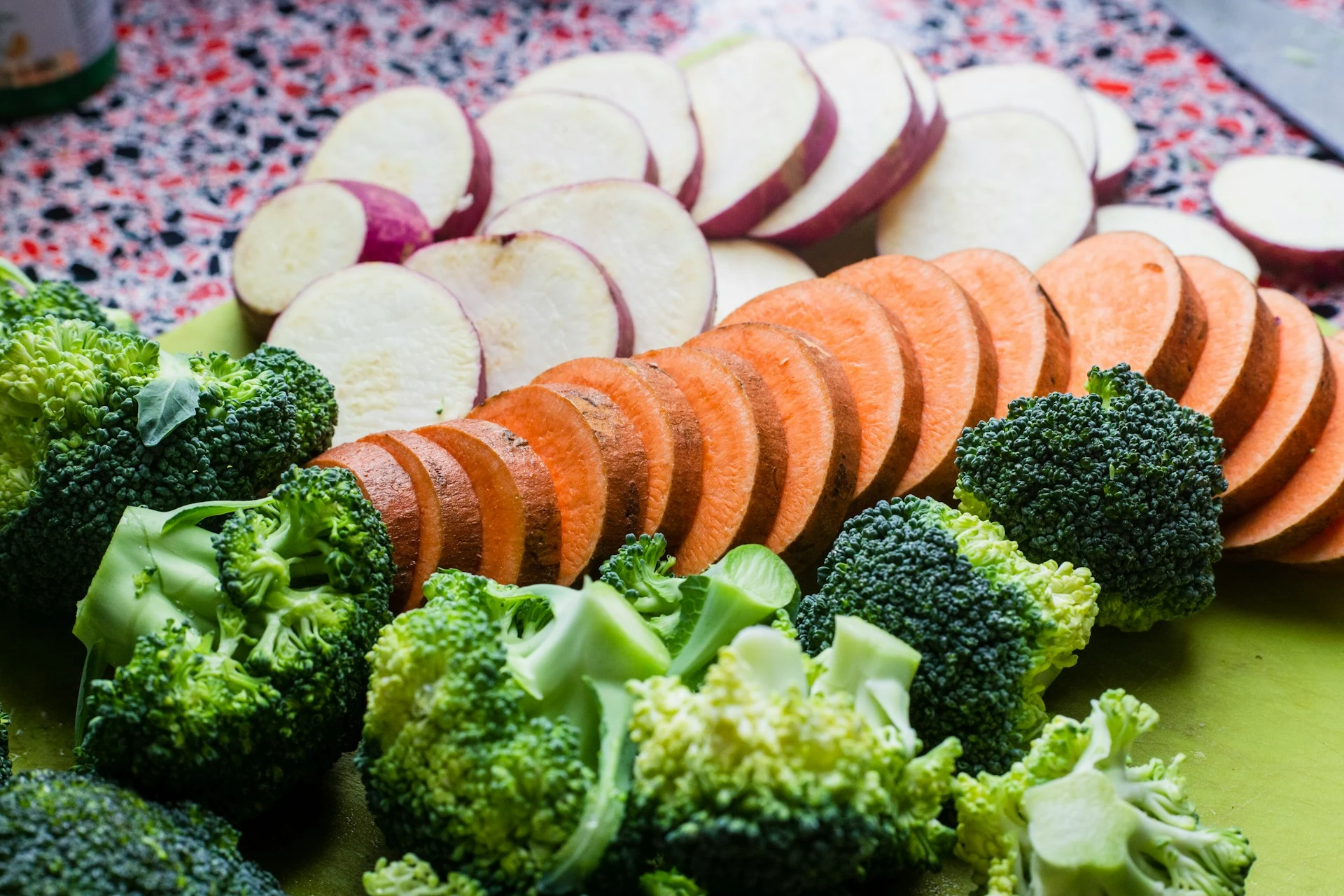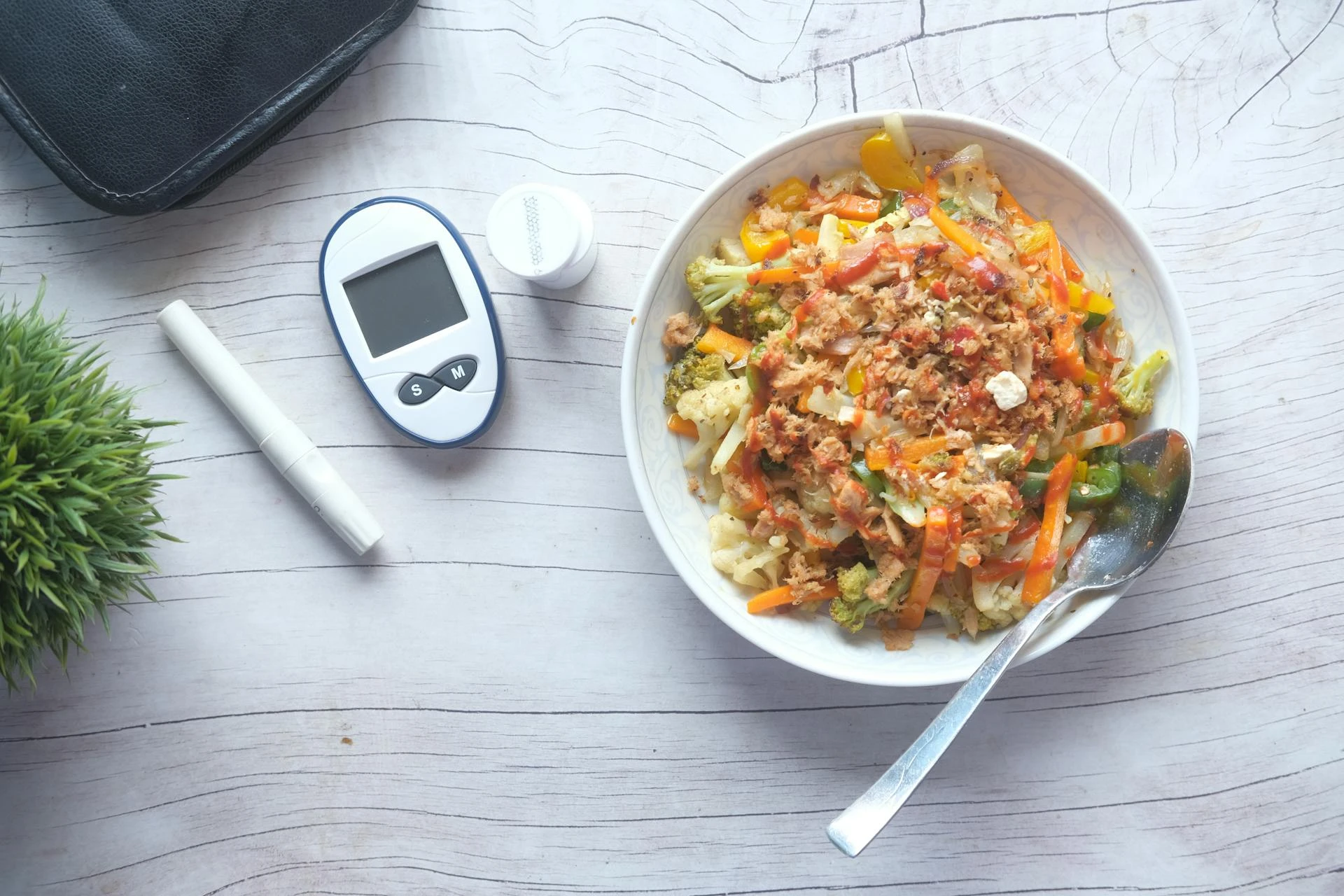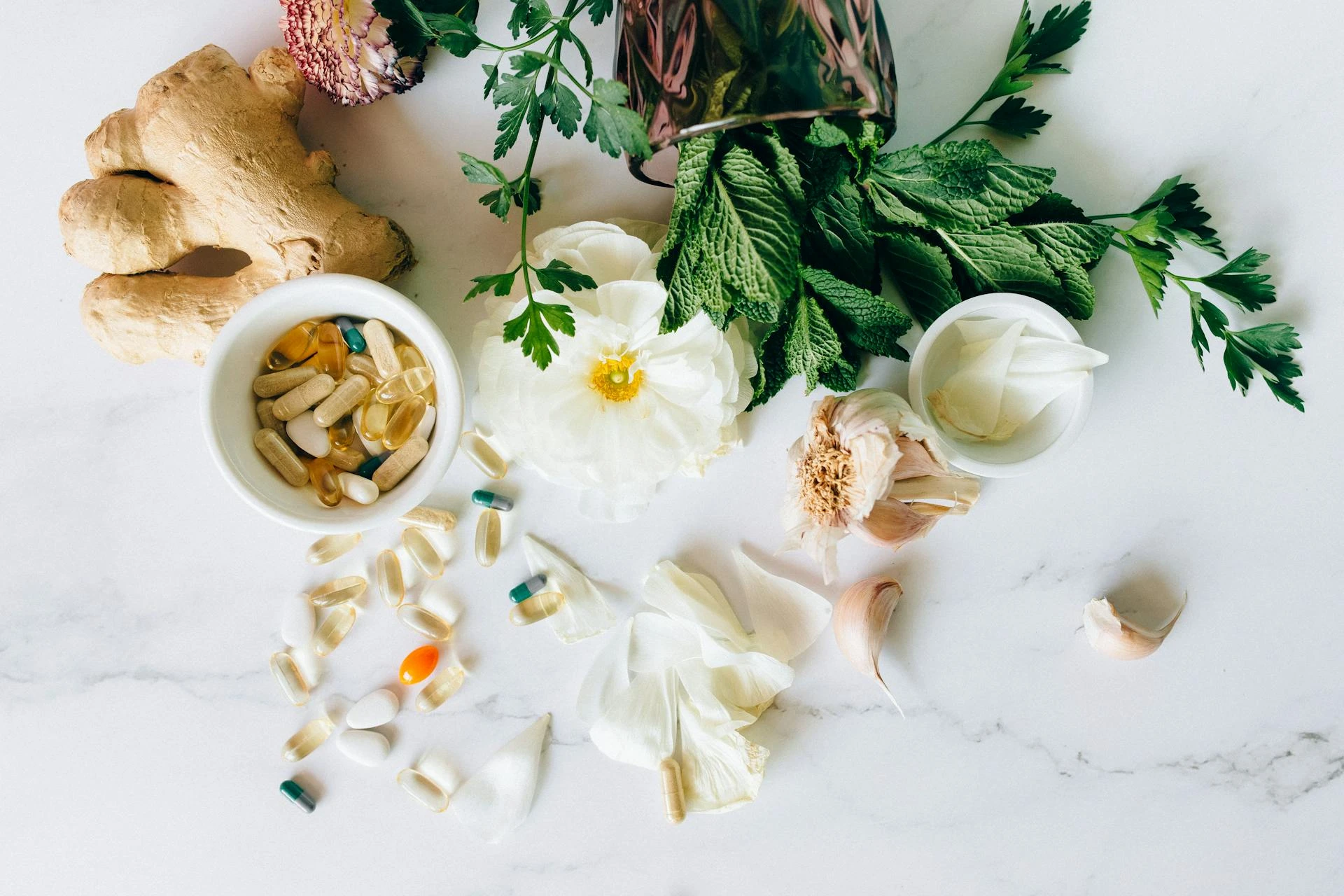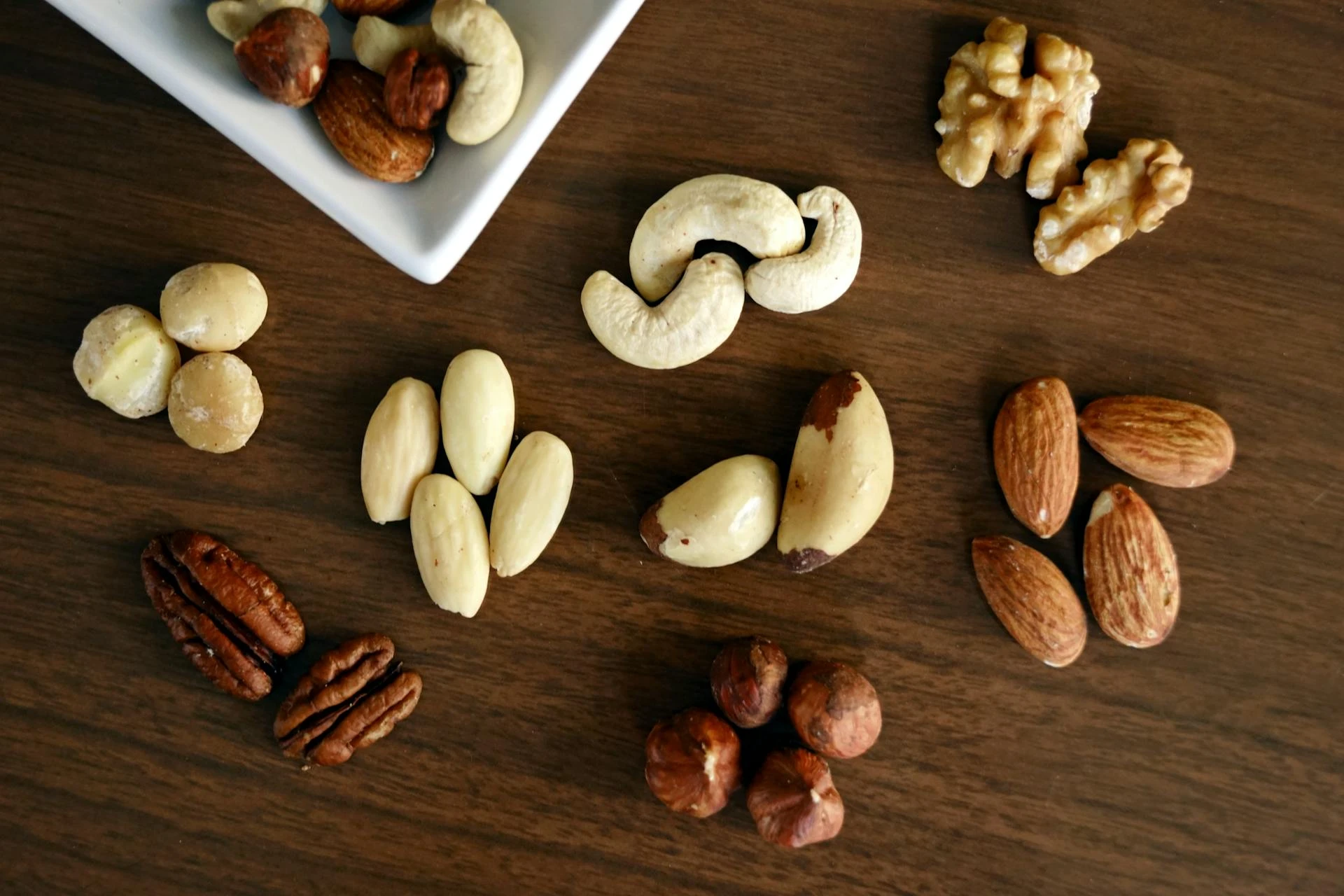Table of Contents
Snacking often gets a bad reputation, but when done right, it can play a vital role in diabetes management.
The right snacks can help stabilize blood sugar, curb cravings, prevent overeating at meals, and provide steady energy throughout the day.
For people with diabetes, the key is choosing snacks that combine protein, fiber, and healthy fats—nutrients that slow digestion and prevent glucose spikes. It’s also important to keep portions in check and avoid options that are high in added sugars or refined carbs.
In this article, we’ll explore the best types of diabetes-friendly snacks, how to pair ingredients, and tips for making snacking work for your body—not against it.
Why Smart Snacking Matters
Strategic snacking helps you:
- Prevent hypoglycemia (especially if you take insulin or certain medications)
- Avoid large gaps between meals
- Manage hunger and avoid binge eating
- Maintain steady energy and mental focus
- Support better overall glucose control
When blood sugar drops too low, you may feel tired, shaky, irritable, or lightheaded. The right snack at the right time can help prevent these dips—and the spikes that often follow.
What Makes a Snack Blood Sugar–Friendly?
To keep blood sugar stable, a good snack should have:
- Protein: slows digestion, keeps you full
- Fiber: stabilizes blood glucose and supports gut health
- Healthy fats: promote satiety and reduce inflammation
- Low added sugar: avoids glucose spikes and crashes
Ideal snacks should be around 100–200 calories, depending on your needs, and contain 10–20g of carbs when possible.
Let’s look at some of the best snack options for people with diabetes.
1. Apple Slices With Peanut Butter
Why it works: Apples provide fiber and natural sweetness, while peanut butter adds fat and protein to slow the sugar absorption.
Tip: Choose unsweetened, natural peanut butter and stick to one tablespoon.
2. Greek Yogurt With Berries
Why it works: Greek yogurt is rich in protein and low in sugar. Berries are high in fiber and antioxidants but low in glycemic impact.
Tip: Use plain yogurt and sweeten naturally with cinnamon or vanilla extract.
3. Hard-Boiled Eggs
Why it works: Eggs are a great source of high-quality protein and healthy fat with no carbs. They help you feel full without affecting glucose levels.
Tip: Pair with veggie sticks or a piece of fruit for balance.
4. Hummus With Veggie Sticks
Why it works: Hummus offers fiber and plant-based protein. Raw vegetables like carrots, cucumbers, and bell peppers are hydrating and low in carbs.
Tip: Portion the hummus in small containers to avoid overeating.
5. Cottage Cheese With Chia Seeds
Why it works: Cottage cheese is high in protein and calcium. Chia seeds add fiber and omega-3 fats, which support heart and glucose health.
Tip: Top with a few raspberries for natural sweetness.
6. Whole Grain Crackers and Tuna
Why it works: Tuna is a lean protein that pairs well with high-fiber crackers to create a satisfying snack that digests slowly.
Tip: Choose crackers with at least 3g of fiber per serving and no added sugar.
7. Chia Pudding
Why it works: Made with unsweetened almond milk and chia seeds, this snack is full of fiber and healthy fats. It digests slowly and keeps you full longer.
Tip: Make it in jars ahead of time and keep refrigerated for quick access.
8. Roasted Chickpeas
Why it works: Chickpeas are a source of plant-based protein and fiber. When roasted, they become crunchy and satisfying.
Tip: Season with paprika, garlic, or turmeric instead of salt-heavy mixes.
9. Avocado on Whole Grain Toast
Why it works: Avocado is full of healthy fats and fiber. On a slice of whole grain bread, it provides a balanced, blood sugar–friendly snack.
Tip: Add lemon juice and crushed red pepper for extra flavor.
10. Small Handful of Nuts
Why it works: Almonds, walnuts, and pistachios are low in carbs, high in fiber and fat, and very satisfying.
Tip: Stick to a small portion—about ¼ cup or one closed handful.
11. Edamame
Why it works: These green soybeans are rich in protein and fiber. They’re low on the glycemic index and easy to prepare.
Tip: Steam and season lightly with sea salt or a splash of tamari.
12. Protein Smoothie
Why it works: A well-balanced smoothie can be a quick snack when you’re on the go. Use unsweetened almond milk, protein powder, chia seeds, and a few berries.
Tip: Keep portion sizes small to avoid a blood sugar spike.
13. Rice Cake With Avocado or Nut Butter
Why it works: Rice cakes are low-calorie and can serve as a base for fiber and fat-rich toppings. Add protein to keep the snack balanced.
Tip: Choose brown rice cakes for more fiber and use only 1 tablespoon of topping.
14. Boiled Egg and Fruit Pairing
Why it works: Combining protein (egg) with a small fruit portion (like half a banana or a few slices of pear) balances sweetness and slows digestion.
Tip: This is a great mid-morning or afternoon snack.
Smart Snacking Tips for People With Diabetes
- Pair carbs with protein or fat: Never eat carbs alone—always add fiber, protein, or fat to slow glucose absorption.
- Watch portion sizes: A healthy snack can become a blood sugar problem if the serving is too large.
- Time your snacks: Space snacks at least 2–3 hours after meals unless managing lows.
- Read labels carefully: Avoid snacks labeled “low-fat” or “sugar-free” that are actually high in refined carbs.
- Avoid mindless snacking: Sit down, eat slowly, and stay present. Emotional eating often leads to poor glucose control.
When Should Diabetics Snack?
Snacking isn’t mandatory, but it can help if:
- You’re going more than 4–5 hours between meals
- You take insulin or medications that can cause low blood sugar
- You’re physically active and need more fuel
- You feel hunger or low energy between meals
Snack intentionally—don’t just graze out of habit or boredom.
Scientific References
- American Diabetes Association. (2022). Smart Snacking for People With Diabetes
- Mayo Clinic. (2023). How to Build Balanced Snacks for Blood Sugar Control
- Harvard Health Publishing. (2022). Healthy Snack Choices for People With Diabetes
